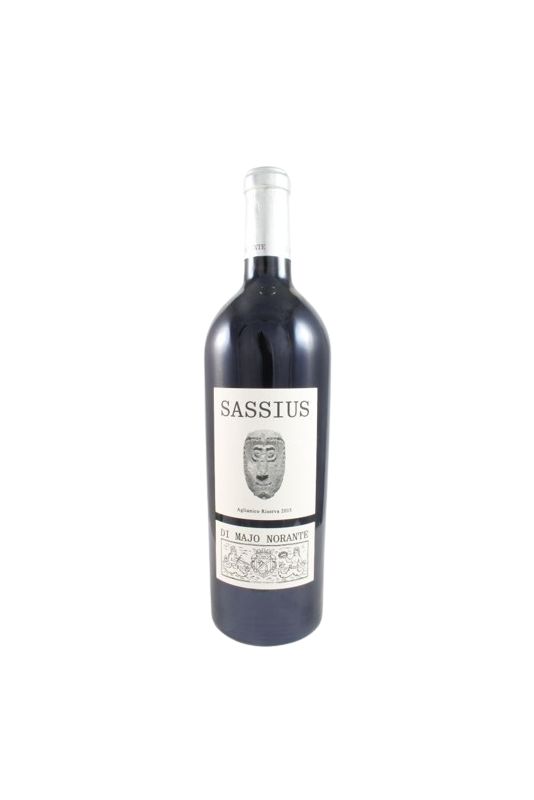- -8%






In the Molise region, wine has traditions dating back to the Sannites and Romans, the first to introduce grape growing. Production methods are those passed down through the generations in the southern Apennines, constantly tied to the farming world. The Masseria Di Majo Norante is located north of the Gargano promontory in the district of Ramitello, in the countryside of Campomarino, where the loose, partially sandy soil and summer breezes combine to create a particularly favourable environment. Alessio Di Majo, a determined and somewhat innovative wine-maker, sacrificed productivity and uniformity of flavour in a constant quest for quality and distinctive characteristics, in the firm conviction that southern vines are the best suited to the pedoclimatic conditions of the Molise countryside.
Di Majo Norante has been making wine from grapes ever since 1800, as is evidenced by the old cellars underneath the square and in the old family building at Campomarino. Commitment to grape growing was inherited first of all by Luigi and then by Alessio Di Majo and continues today alongside research and experimentation. Di Majo Norante produces its own wines from grapes grown in the 85 hectare vineyard of the ancient fief of the Marquises Norante di Santa Cristina. The modern cellar will soon be flanked by a barrel store which was originally a 17th-cent. stone granary. The reason for this is that the Di Majo Norante wine-making philosophy is consistent with a traditional approach to grape growing and wine production, centred on preserving all the characteristics of Mediterranean wine-making.
METHODS THAT RESPECT NATURE
Di Majo Norante gives painstaking attention to grape selection and harvesting and to vinification methods in order to constantly upgrade the quality and the wholesomeness of its wines. Vines are treated only with fertilisers of organic and mineral origin and are defended by the regular removal of weeds and organic parasite control methods such as moths, while the pruning residues are removed to prevent any chance of infection. Old-fashioned methods and modern technologies make it possible to produce wines that are in many ways organic and which deserve being enjoyed to the full in the profound expression of their characteristic features.
NEW WINES FROM OLD VINES
The selection of clones of native vines through the study of their adaptability to the southern soil is at the origin of all Di Majo Norante wines. To classic grapes such as Malvasia, Trebbiano, Montepulciano and Sangiovese, Di Majo Norante first of all added Bombino and Aglianico, and then the old vines Falanghina and Greco for the production of white wines, Ellenico-Aglianico, Prugnolo and Tintilia for red wines, Moscato reale for sweet dessert wine. Experiments with these vines and the good results achieved have prompted the company to continue along this brave path which enables it to produce wines at competitive prices and which respond perfectly to the complexity of modern taste.
Data sheet
You might also like